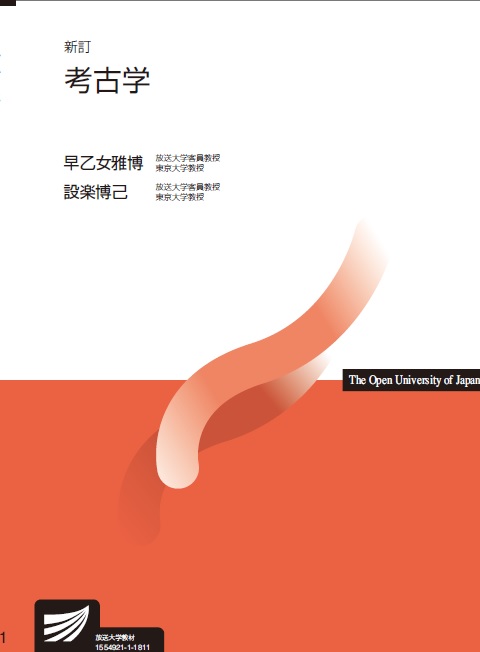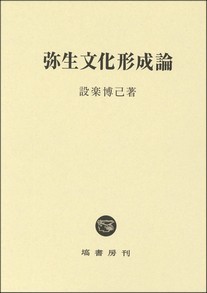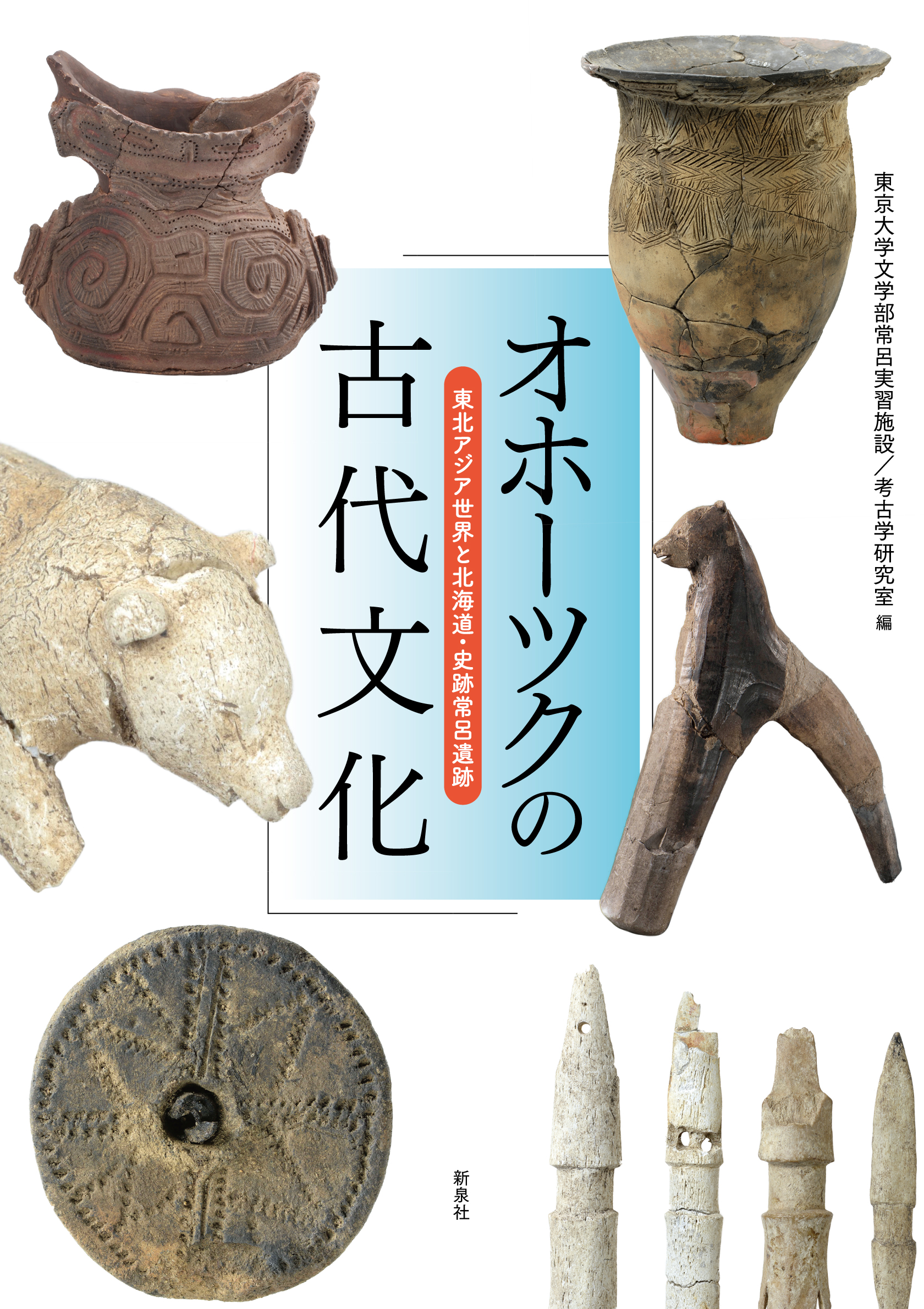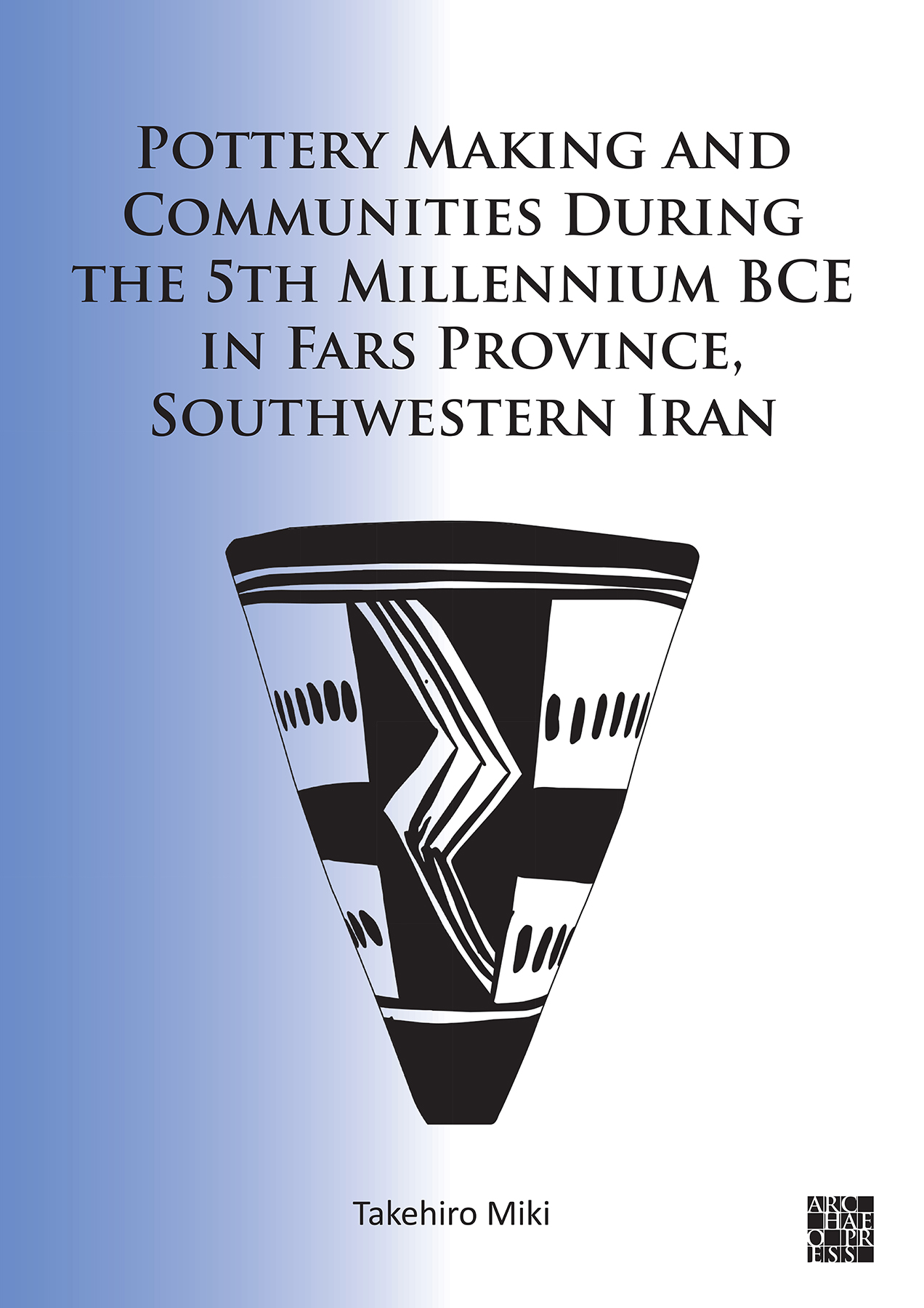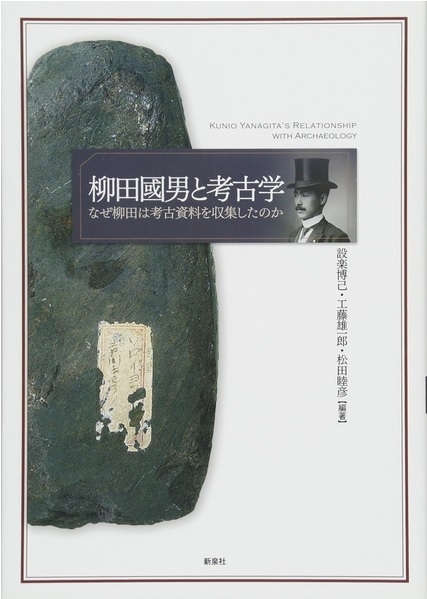
Title
Yanagita Kunio to Kouko-gaku (Kunio Yanagita and Archaeology – The reason for his collecting archaeological materials)
Size
160 pages, A5 format
Language
Japanese
Released
2016
ISBN
978-4-7877-1602-6
Published by
Shinsensha Co., Ltd.
Book Info
See Book Availability at Library
Japanese Page
The years from the Meiji period until the early Shōwa period were a time when all academic disciplines in Japan were imbued with a scientific tinge. Before Kunio Yanagita established Japanese folklore studies in the early Shōwa period, journals such as the Journal of the Anthropological Society of Nippon served as the stage for such discourse, especially during the late Meiji period. At the time, the Journal did not distinguish between the different streams that are known today as archaeology, physical anthropology, ethnology, and folklore studies. However, archaeology and anthropology (especially physical anthropology) would later acquire methods from the natural sciences, and Yanagita’s folklore studies would take a different path. With a strong inclination towards folk spirituality and a desire to understand folk cultural phenomena that were mediated through language, Yanagita established Japanese folklore studies based on his own unique methodology.
It also seems that in the process of doing so, he tried to define the essence of his discipline through the “criticism of archaeology.” Yanagita is known for having said that he hated archaeology, but hardly anyone among the general public knows that he collected archaeological materials from Japan and Sakhalin in the late Meiji period, and that these materials still exist today. Sixty-seven archaeological artifacts, thought mainly to have been collected by Yanagita during the late Meiji period, are in storage at the National Museum of Japanese History as “The Kunio Yanagita Collection.” Between 2011 and 2013, the museum launched a joint research project with archaeologist Hiromi Shitara with two intentions. The first was to explore Yanagita’s objective in collecting these materials, their academic background, and their connection to Nihonjinshuron (theories about the uniqueness of the Japanese), which were in vogue at the time. The second was to re-examine the subsequent process by which he would establish folklore studies. This book is a summary of the results of that research, and through the study of the “Kunio Yanagita Collection,” it is intended to deepen our understanding of the mutual connections between the processes of establishing methodologies in folklore studies and archaeology.
(Written by SHITARA Hiromi, Professor, Graduate School of Humanities and Sociology / 2019)



 Find a book
Find a book




